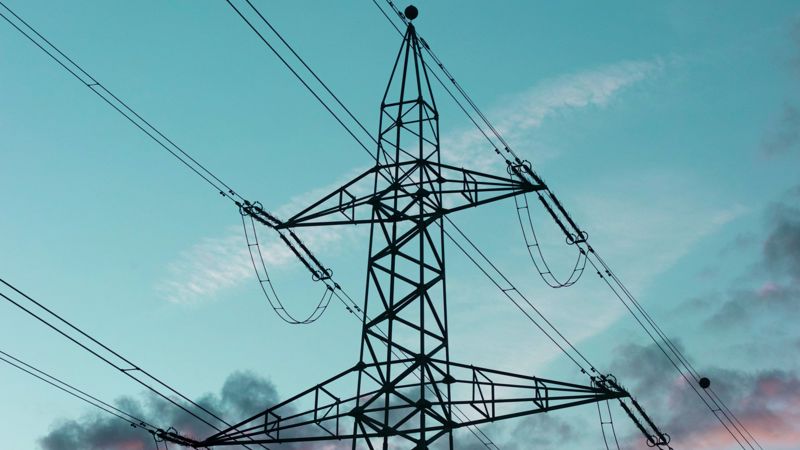
Incentivising low-carbon electricity generation
Energy prices have risen dramatically across Europe, including in the UK. The government announced a package of measures to help protect consumers from the worst of the impacts, although the duration of this measure was then reduced because of the high forecast cost to the Exchequer.
To help support this cost, the government has introduced additional energy taxes. These include:
- an Energy Profit Levy of 35% on ring fenced profit of oil and gas companies (on top of existing taxes); and
- an Electricity Generator Levy of 45% of certain electricity generators’ revenues above £75MWh.
Unlike previous “windfall taxes” used in the UK, the new energy taxes are forward looking and therefore have greater potential to distort future behaviour.
While these regimes will doubtless lead to an increase in revenue to help fund consumer protection, they may also have unintended consequences for investment.
The treatment of investment under the levy regimes
Long term, further investment is required to diversify the UK’s energy supplies – to make them more resilient to such threats – while also transitioning the sector towards Net Zero.
The new Energy Profit Levy regime for the oil and gas sector includes an investment allowance for oil and gas extraction activities. This allowance is set at 29% for most investments, but rises to 80% for decarbonisation expenditure.
The purpose of this allowance is to:
- encourage investment that will expand the sector’s future output;
- increase security of supply; and
- support the economy.
The higher decarbonisation allowance is premised on the additional benefits from reducing emissions as we move towards Net Zero. Decarbonisation expenditure could include investments such as:
- modifying existing oil and gas installations (e.g. offshore oil rig) to use power from offshore windfarms; and
- installing bespoke wind turbines to power the installation.
The potential for such investment is not immaterial. It is expected that between £2-3 billion could be invested in such installations by 2030.
The Electricity Generator Profit Levy (at least as currently defined) includes no similar capital allowance for investments in low-carbon power generation.
The differences in the levy regimes may distort investment incentives
This difference between the two schemes has the potential to distort investment (and lead to the priority of investments being driven by tax considerations rather than by which investments create most value for society). This is because the capital that is used to invest in energy infrastructure assets is mobile. Those parties looking to invest in infrastructure can choose between investment opportunities in different sectors and across jurisdictions. And – as a result of the energy transition – there are lots of opportunities.
For instance, looking at the UK as an investment destination, an oil and gas investor could be weighing up:
- installing wind turbines whose output will be used to decarbonise an oil or gas installation; and
- installing wind turbines connected to the grid through a corporate PPA[1] (or even making life extension investments on existing wind turbines) which might then be with the scope of the Electricity Generator Levy.
The existence of different tax regimes across the two investments, and in particular the existence of a capital allowance on the first project will tend to influence the investor’s decision. If up to 80% of the first investment could be offset against tax liabilities, its returns are likely to be materially higher. In other words, oil and gas investments may be favoured based on the capital allowance regime rather than based on the merits of the investment alone.
Similarly, investors will be making choices between countries as to where to invest in renewable projects. Other jurisdictions have also put in place similar taxes or other measures to cap generators’ additional and unforeseen profits. Therefore investors will be comparing factors across locations such as impact of those measures on future returns, length of time the measure will be in place and capital allowances.
Furthermore, while the levies in both sectors have proposed end dates, this should not be taken to mean that this distortion will be seen by investors as only impacting returns in the short turn. Particular taking into account the debate about decoupling the gas and power price, investors are likely to factor in a risk that the tax, or similar measures, could continue or be extended further.
Including capital allowances in the electricity regime could help promote incremental investment
Practically speaking, all taxes will create distortions to behaviour. Where these are clear and material, policymakers should try and design interventions to mitigate them.
If the purpose of the capital allowance in the oil and gas regime is to increase future output as well as decrease emissions intensity, then a similar argument must also apply for low carbon power generation. Including this in the design of the Electricity Generator Levy would reduce the chance of investment distortions between oil and gas and low-carbon power generation.
If such an allowance was introduced, it would makes sense to focus it on areas where it would increase the volume of investment. This would probably mean excluding investment in government-supported Contracts for Difference projects, because it is unclear that an investment allowance would boost this type of renewables investment or reduce prices. The number of projects which are awarded contracts is a government decision, and the price is set through auction, and may not reduce to reflect investment allowances.
In contrast, a capital allowance for commercial low-carbon generation investments (i.e. those not supported by government subsidy) should increase investment activity in that part of the market. While this would need to this would need to be balanced against the benefits of raising revenue from the new energy tax, a capital allowance could ultimately result in increased low-carbon generation and/or a lower volume of renewables needing to be secured via the CfD auctions.
[1] A corporate PPA is an increasingly common mechanism under which a company that is wanting to decrease its carbon footprint commits to buy power from a renewable installation, such as a wind turbine.










